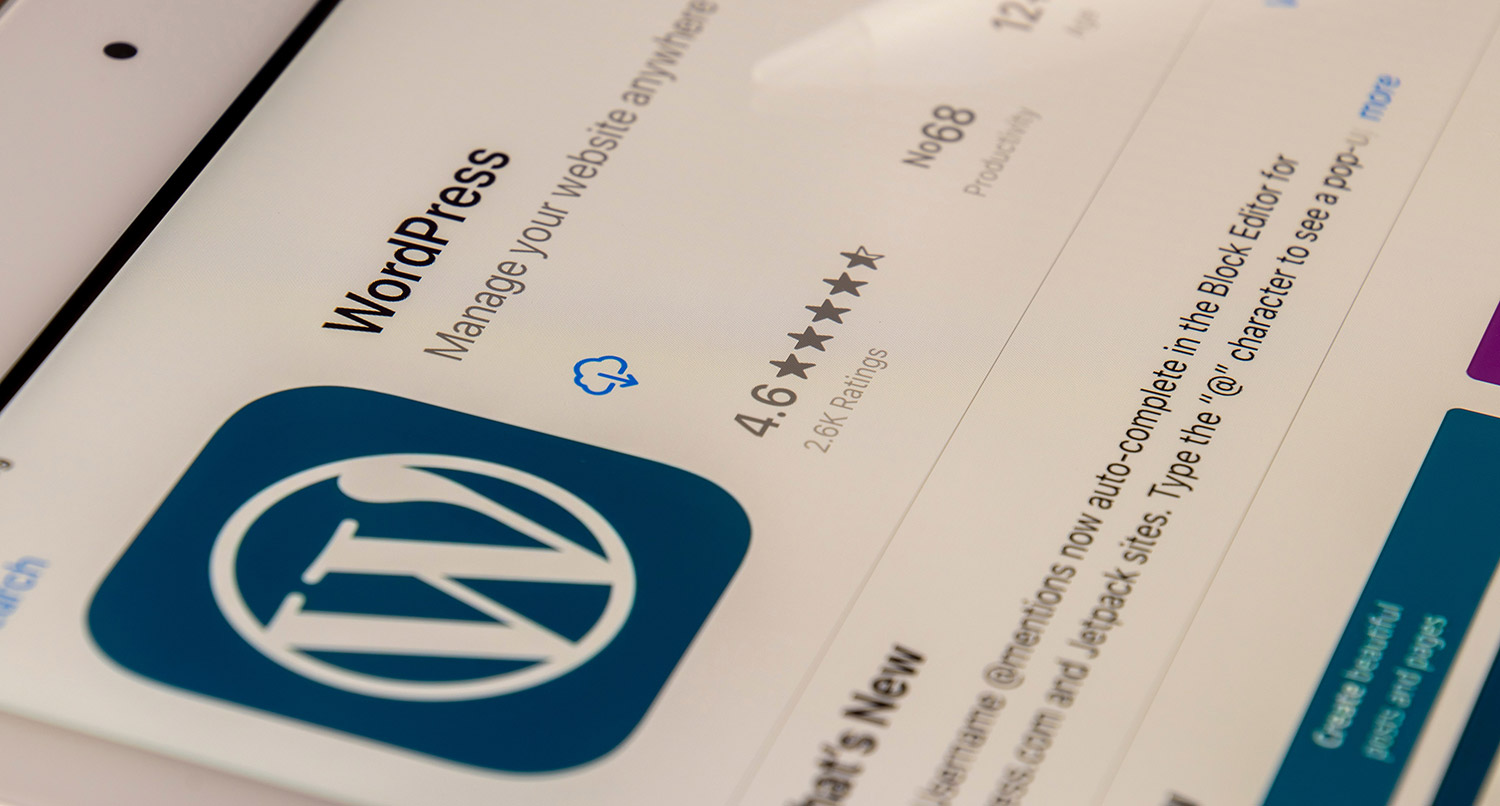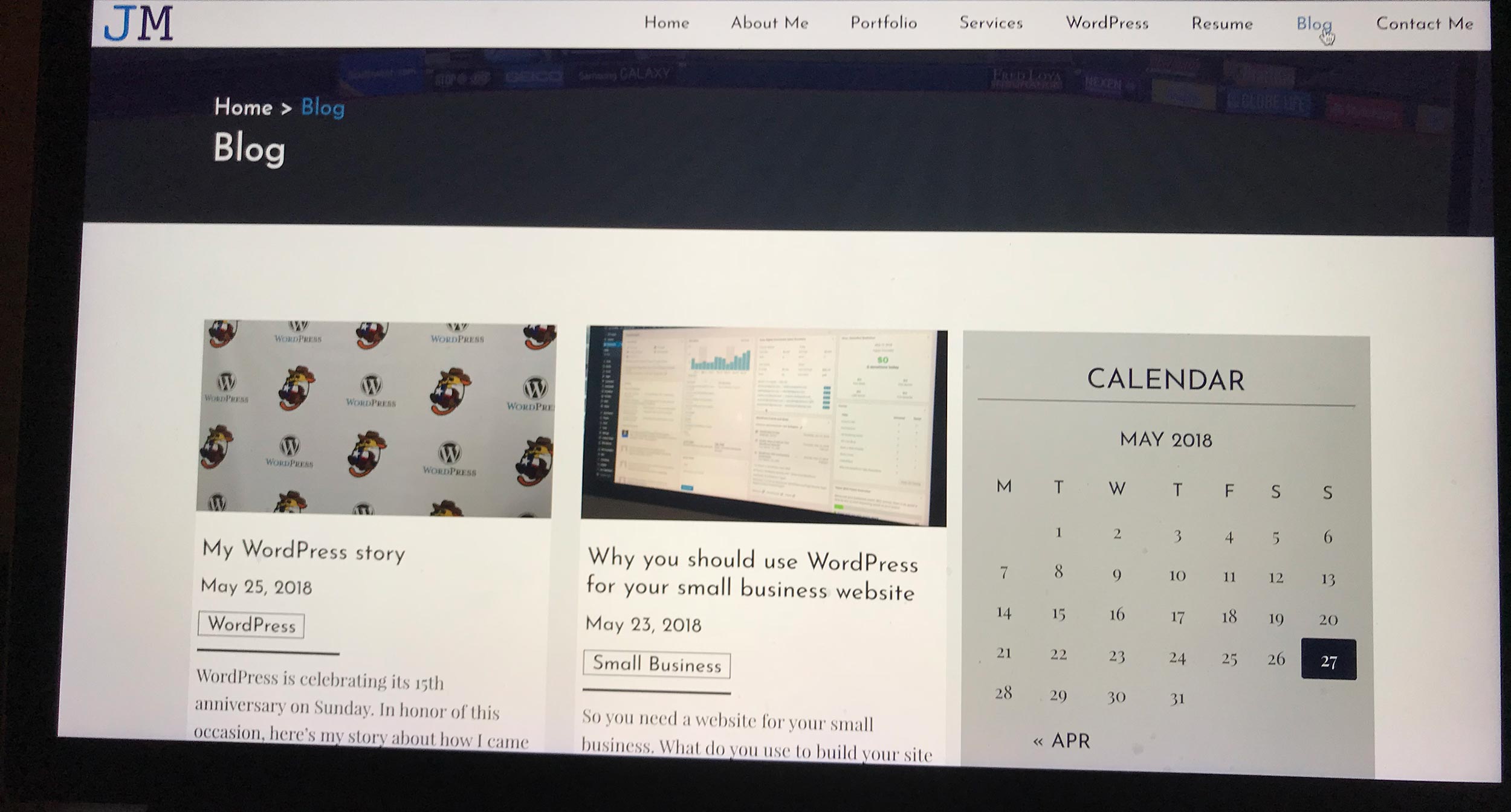So you’ve decided to start blogging for your small business. You’ve done the research and know that you have the time and ability for it and that it will be a positive move for your business.
But you want to know how you can correctly blog for your business so that it will be a success.
Well, the good news that you’ve got a great start with that mentality. The bad news is that it does take a lot of work. Or at least it does until it becomes ingrained into your writing flow.
There is a lot that goes into crafting the best possible blog posts for your website. There’s the research and planning aspects. There’s the writing correctly and finding your voice parts. And there’s the making sure your readers take the actions you want them to take part.
So let’s touch on those items in more detail so that you can start blogging correctly for your business today.
Keyword research
The first thing you should be doing with your blog is conducting keyword research. This is how you help your site’s SEO (and make your blog successful) and know what to write about.
According to Moz, keyword research “is a core SEO task that involves identifying popular words and phrases people enter into search engines -make in an attempt to figure out what to rank for.” That means you research ideas, topics and questions in your industry area that people are typing into Google.
And this can be extremely helpful if you’re trying to find something new to write about when all of your initial ideas are gone (or if you’re looking for initial blog topics).
So to do keyword research, you can use tools like Moz, SEMrush, Wordtracker, Ahrefs or something similar. They allow you to type in a keyword and they’ll show you related searches around that keyword, plus how many times it’s been searched and how difficult it might be to rank for that keyword.
Then find the keywords with the right balance between the number of searches and the ranking difficulty and start writing about them. And make sure those keywords appear in about 2 percent or so of the post.
Now not only do you have ideas, but you’re also starting to make the search engines happy, which can only help your blog.
Stick to your area of expertise
This is mostly covered by the keyword research you should be doing, but make sure that you stick to your industry and area of expertise. Really, this should be the easiest “rule” to follow.
If you run a floral shop, you shouldn’t be writing about cars, unless it’s about how to add flowers to your car or something like that. Or if you’re a plumber you shouldn’t be discussing the best ways to grill a steak.
And 100 percent stay away from politics on your business’ blog unless it directly pertains to your business or industry. It might be fine for a personal social media page, but getting into politics with your business is more than a bit of a risk.
Straying too far off topic is going to lose your audience and your credibility. People aren’t going to listen to what you say if you talk more about off-topic things rather than ideas that pertain to your business. Keep the focus on things that pertain to your business and industry.
Get Insights on How to do a Small Business Website Right!
Are you looking to get some help with your small business’ website, but aren’t quite in a spot to take that next step? No worries! I’ve got you covered with a small business newsletter. This weekly newsletter will talk about a different subject related to websites and small businesses each week, as well as highlight blog posts that can help you out. This will help you optimize your business’ site as much as you can while you get yourself into a position to take the next step for your website.
"*" indicates required fields
Plan your blog posts out
Before you even start to write out your blog post, plan it all out. Yes, go back to the basics of writing and write yourself an outline and other helpful thoughts before you really start to write it out.
I’ve started to develop a habit of creating a Google Doc for each post and the first thing I list out is the keyword I want to focus on, what the goal of the blog post is and then the call to action I want the reader to take.
Once that’s complete, I then outline my post with the headings I want to use. That helps me focus on what I’m actually trying to convey and take things one section at a time rather than the entire post at once.
So take time to plan it out, especially if you’re not a writer. I’ve found that having that focus and writing out those headlines really helps me write quicker and better. I’m only worrying about a section at a time instead of the whole entire thing. It makes it much easier to tackle even if you can’t stand writing.
Having a plan will guide you through it all.
Be open and conversational in you blog
When you’re writing your posts, don’t worry about trying to woo anybody with your prose and your writing style. This isn’t the English class that you took in high school or college. This is writing for the everyday person to understand. Yes, you should still make sure your spelling and grammar are correct; that’s a given for anything that you write.
But just be open and conversational in your writing. Write as though you are having a spoken conversation with someone else where you are informing them of something. This is not a stuffy sales pitch, but an informal conversation. Have fun with it. Be natural. And get your point or points across in a way that flows correctly.
Also, be sure to not use too many big words. It doesn’t do anybody any good to use words that people don’t know or understand. In journalism school, they taught us to write at an eighth grade level so that everyone who reads our stories can understand them. And that’s what you should aim for as well.
Now if your post has to journey through some technical terms in your industry, that’s fine to use them there. Just be sure to explain those terms thoroughly so that people can understand them.
At the end of the day, you’re not trying to win a poetry contest. You’re trying to win customers.
Break text into chunks
Also, you really should be breaking your blog posts into sizable chunks. Obviously, you should already be breaking your posts into paragraphs. Trust me, nobody wants to read a single paragraph wall of text. That’s a one-way ticket off of your website.
But your paragraph length should also vary. I know we’re all told through grade school that every paragraph has to be three to five sentences long. Well in the real world that’s not exactly true. You can have paragraphs that are one or two sentences. Heck, you can have a one word paragraph.
See.
And you also want to break up your posts by headings. Add in level two and three headings throughout your posts in logical spots. When you change the subject slightly or introduce an idea, add in a heading. Ideally, you want to aim for no more than 300 words between headings. And adding your post’s keyword into the headings can help your SEO too.
All of this helps the reader be able to read through your post quickly and still grab the most important information that’s going to help them. Help the reader help themselves by making your content easy to digest.
Include images in your post
A great way to break up your text into digestible chunks is to use images in your posts. After all, these days we all love to look at photos and really see what you’re talking about in your post.
This especially goes for anyone who works in an industry that’s highly visual. If you’re writing about a process you do in your work, add to it with photos showing what you’re doing. If you run a floral shop, show off the beautiful images you have of your flowers. And if you’re talking about a case study with a client, include photos of what you did, including before and after photos, so that readers can really get a sense for what you do.
There’s a lot you can do here with images to make the post much more digestible and interesting for your readers. Just make sure that all of your images have alternative text to go along with them for accessibility and include captions if needed.
Let’s Focus on Writing About Things That Work
Creating the best blog involves making sure you’re writing about the right things. Sign up for the “One Step Ahead” WordPress Website Care plan and receive monthly content planning to look at what’s already working and to plan the next month ahead. Plus you’ll get custom Google Analytics reports, quality website hosting, managed updates and a lot more. It’s the best way to make sure you’re writing about things that can convert people to being customers.
Let’s Give Your Website the Care it DeservesAdd a call to action
The biggest part of any post from a marketing perspective is the call to action. Every post you publish needs to have a call to action associated with it so that the reader can move on to a different step in your funnel.
What the call to action is will depend on your goals for your website. If you’re a local news or magazine outlet, that call to action will likely be a place where someone can subscribe to your website and newsletter. If you’re trying to sell a product or service, the call to action should go to a place where the reader can buy the product or sign up for the service.
Where that call to action is in the post can vary. I’ve tried having it in various different places in my posts and it doesn’t really seem to matter where I placed it. So maybe try moving it around your posts. There’s no one right location for the call to action. Just don’t have it as a pop up or modal, unless you want everyone to leave your site right away.
But you need to make sure that every post has a call to action. Otherwise, what is the point of the post?
Place a social sharing section
Finally, make sure you have an area where people can click and share your post on social media. While yes, most of your traffic is likely going to come from search engines, encouraging people to share the post on their social media profiles can be a big help.
First off, because the post was shared, their friends and followers are more likely to click on the link because most likely (and hopefully) they trust that person. If they liked it, why should they also check it out.
And from there it can grow. Maybe those new readers will also share it. Or they’ll find something in there that they like and share your link on their blog, and now you’ve started building quality backlinks which helps SEO which helps your search engine traffic.
So make sure you have at least one social sharing area on each of your posts. I built one through PHP to show at the start and end of each post. And there are a lot of WordPress plugins that can do this for you, either as a block or add the section automatically.
So if you’re looking to start a blog for your business, take some time to really think about it and make sure you understand everything here. Getting these things into your head and adding them to your writing process now will help you down the road.







